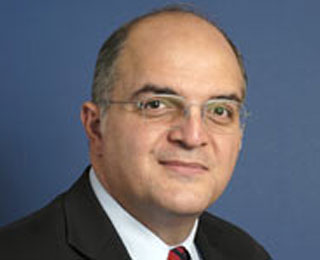
Many heart patients have low life expectancy and are exposed to expensive therapeutic options. Nevertheless, using an individual’s own stem cells could help in treating heart attacks but poor availability and aging apparently result in limiting the advantages.
The findings suggest important avenues for treatment after a person has had an attack considering that cells attained from adults may be weak due to aging and other risk factors. The scientists have been trying to study the umbilical cord as an avenue for stem cell therapy for quite some time now.
“We believe our study represents a significant advancement and overcomes the technical hurdle of deriving cardiac muscle-type cells from human cord blood. The method we have found has the attributes of simplicity and consistency. This will permit more robust manipulation of these cells towards better cell homing and cardiac repair in patients with myocardial infarction,†quoted Professor Raimondo Ascione, research leader, Chair of Cardiac Surgery & Translational Research in the School of Clinical Sciences at the University of Bristol.
He added that future stem cells obtained from cord bank services can be possibly used to resurrect the heart muscle following an attack. The research aimed at rare kind of stem cells namely CD133+ that also exist in adult bone marrow. Some basic studies revealed that these cells sourced from bone marrow may aid in the regeneration of harmed heart muscles.
Though cord blood stem cells could be transformed into cells that work like heart muscle in the lab, further studies will show if these cells can successfully repair the heart. An analysis conducted in 2007 by the British Heart Foundation known as TransACT was successful in inducing stem cells taken from the bone marrow of the patients into their damaged hearts.
The research is published in the journal Stem Cell Reviews & Reports.
